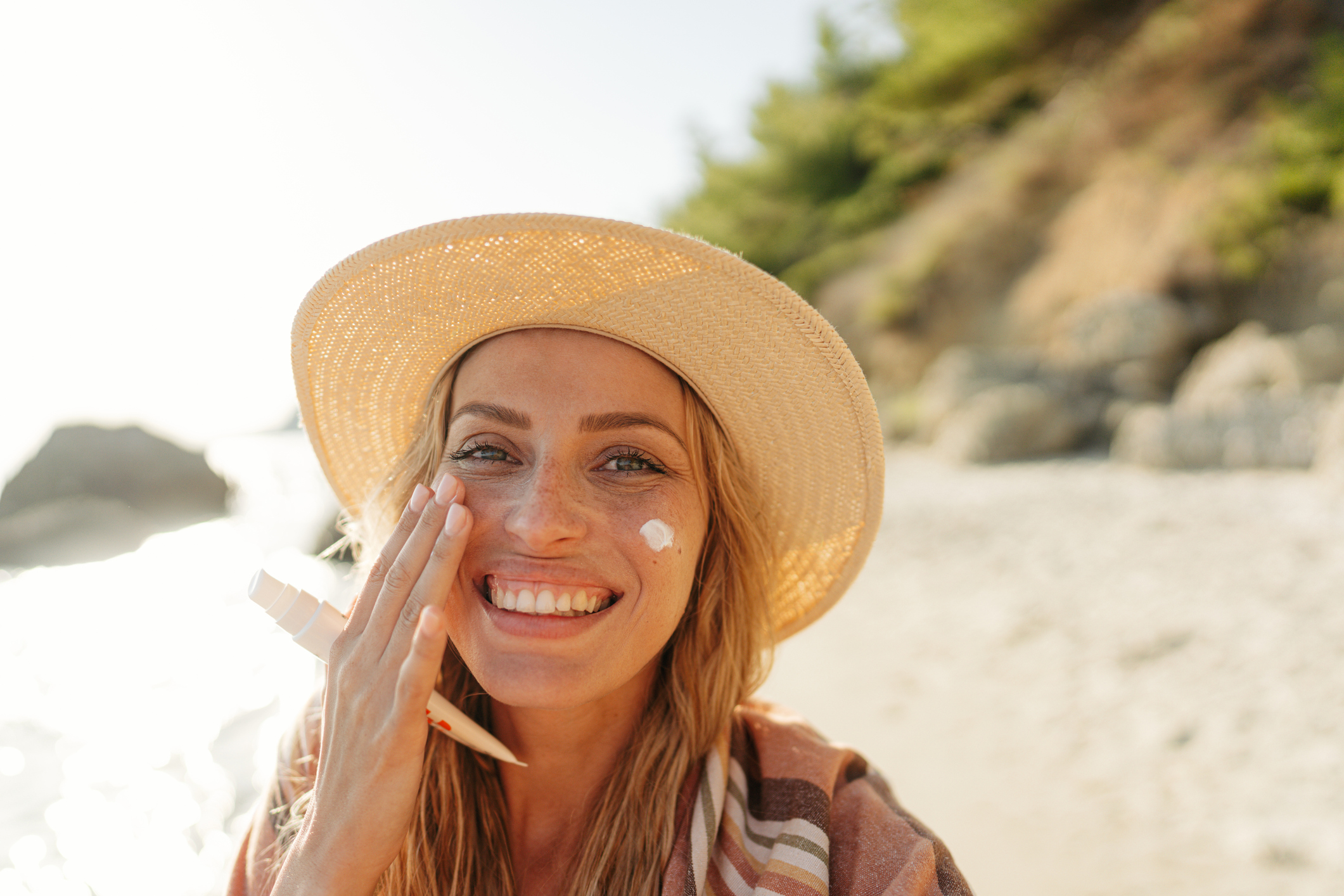
Protecting Your Skin from the Sun this Summer
Summer is here, and savvy sunbathers are taking steps to keep their skin safe from sunburn and skin cancer while enjoying the outdoors. Americans love to sport a healthy glow, but excessive exposure to the sun can cause premature ageing, skin cancer (the most common cancer in the United States), and other diseases.
The culprit for most skin cancers is excess exposure to ultraviolet (UV) light, an invisible radiation generated by the sun, tanning beds, and sunlamps. UV rays can damage skin cells, which is why it’s so important to protect yourself. And not just on sunny days: UV rays can reach you on cold and cloudy days too and reflect off surfaces like water, cement, sand, and snow. This is why applying sunscreen daily is important.
How to Apply Sunscreen Correctly
Sunscreen is one of the most popular forms of sun protection and when applied correctly does protect your skin. Yet some studies have found that sunscreen users tend to get burnt more often, perhaps because they apply too little or not often enough, or use it while engaging in unsafe exposure, like staying out in the sun for too long or foregoing protective clothing. To correctly make use of sunscreen, you should:
- Cover exposed skin. Use a broad-spectrum sunscreen with a sun protection factor (SPF) of 30 or higher. For extended outdoor activity, a water-resistant, broad-spectrum sunscreen with an SPF of 30 or higher is ideal.
- Wear a lot (more than you think!). Research has found that people use much less sunscreen than is necessary for effective protection. You should be using up to 1.5 ounces to protect the full body and one-fourth to one-half teaspoon on your face.
- Reapply every two hours. And if you are swimming or sweating, reapply every hour.
- Don’t depend on sunscreen alone. Sunscreen is not intended to be the only form of protection you use. Practice other sun safety measures, like covering up with clothing, keeping in the shade, and staying out of the sun during the times of day when its rays are most powerful.
- Lips. Don’t forget sunscreen on your lips! Use any lip moisturizer with SPF.
What exactly does the SPF number mean?
The SPF number tells us how long the sun’s UV radiation would take to redden our skin when using the product exactly as directed versus the amount of time without any sunscreen. For example, SPF 30 will take 30 times longer to burn than if you weren’t wearing sunscreen.
SPF 30 allows about 3% of UV rays to hit your skin. An SPF of 50 allows about 2% of those rays through. That may seem like a small difference until you realize that the SPF 30 is allowing 50% more UV radiation onto your skin.
So, is it better to use SPF 30, 50, or even higher? When used properly, SPF 30 should provide adequate sun protection for most people.
Making the most of summer by spending time outdoors is a great way to be physically active, reduce stress and get your vitamin D. If you follow these simple safety measures, you can enjoy the sun and summer worry free. Nonetheless, it’s a good idea for adults to get screened for skin cancer every one or two years. To find a dermatologist near you, use the FIND CARE tool at MyBlueKC.com.


